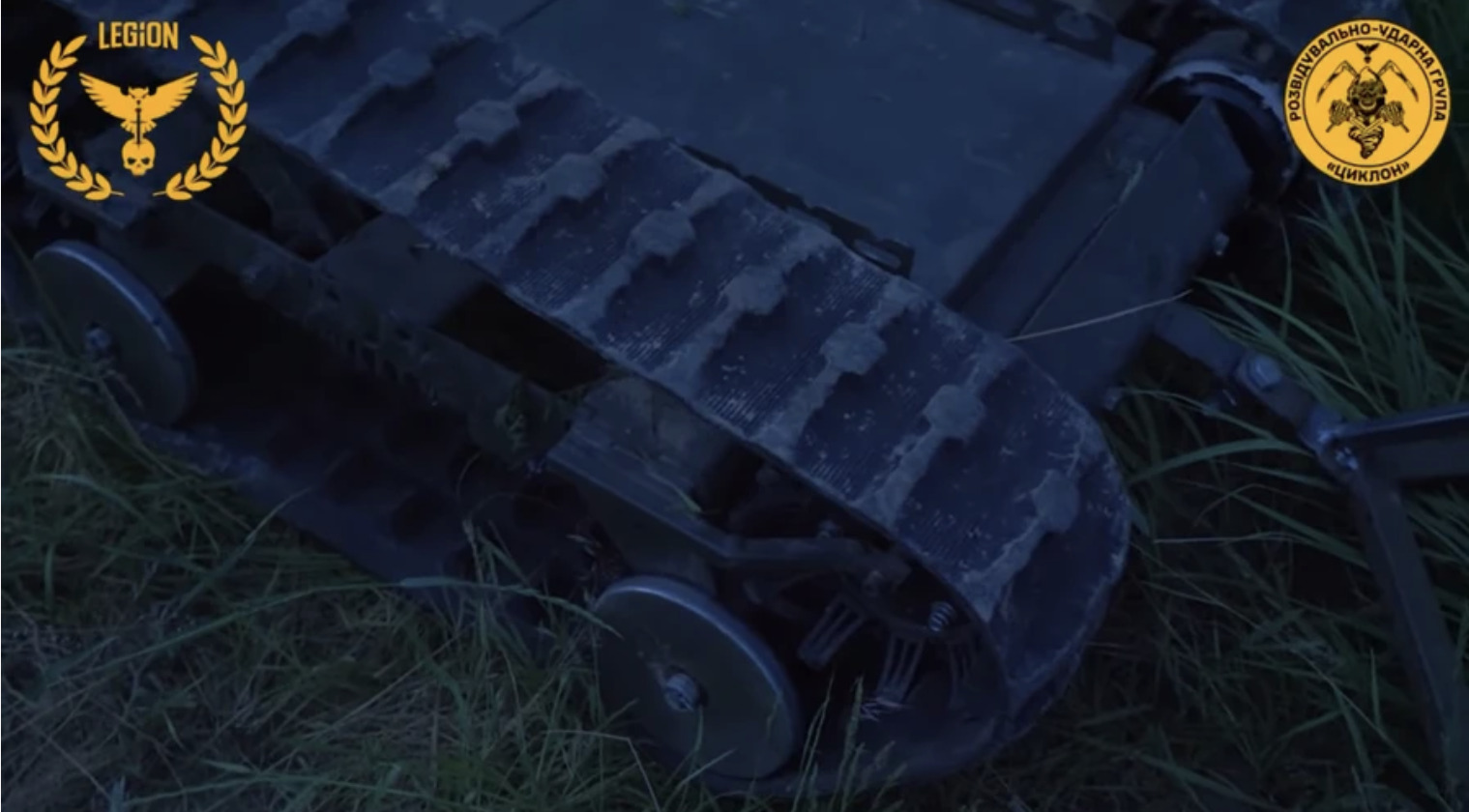The International Legion of the Main Intelligence Directorate of Ukraine just announced production of “Legit”—a tracked robot that can haul supplies or launch grenades.
The machine itself is compact but versatile. Attach a trailer and it becomes a pack mule, ferrying ammunition and food to troops. Swap that for a combat module and you get two grenade launchers ready to support assault teams or hit enemy bunkers.
There’s a third option: load it with explosives and send it toward enemy positions as a one-way weapon.
But why build robots when Ukraine already has drones? Ground systems solve different problems. They can carry 500 kilograms (1102 lbs)—far more than aerial drones. They work when skies are contested. And they keep soldiers away from minefields and enemy fire.
The Ministry of Defense recently approved another ground drone called “Muraha” [Ant] that proves the point. It hauls heavy loads across long distances while shrugging off electronic warfare jamming through multiple control channels.
Can these robots change battlefield dynamics? Early evidence suggests yes. Both systems target the same persistent problem: getting supplies and firepower to troops without exposing human operators to enemy fire.
For example, in April 2025, Ukrainian military engineers successfully used an Ardal ground drone to evacuate three severely wounded soldiers who had been stranded for a month near Russian positions, after all conventional evacuation attempts failed due to intense fighting and dangerous terrain.




